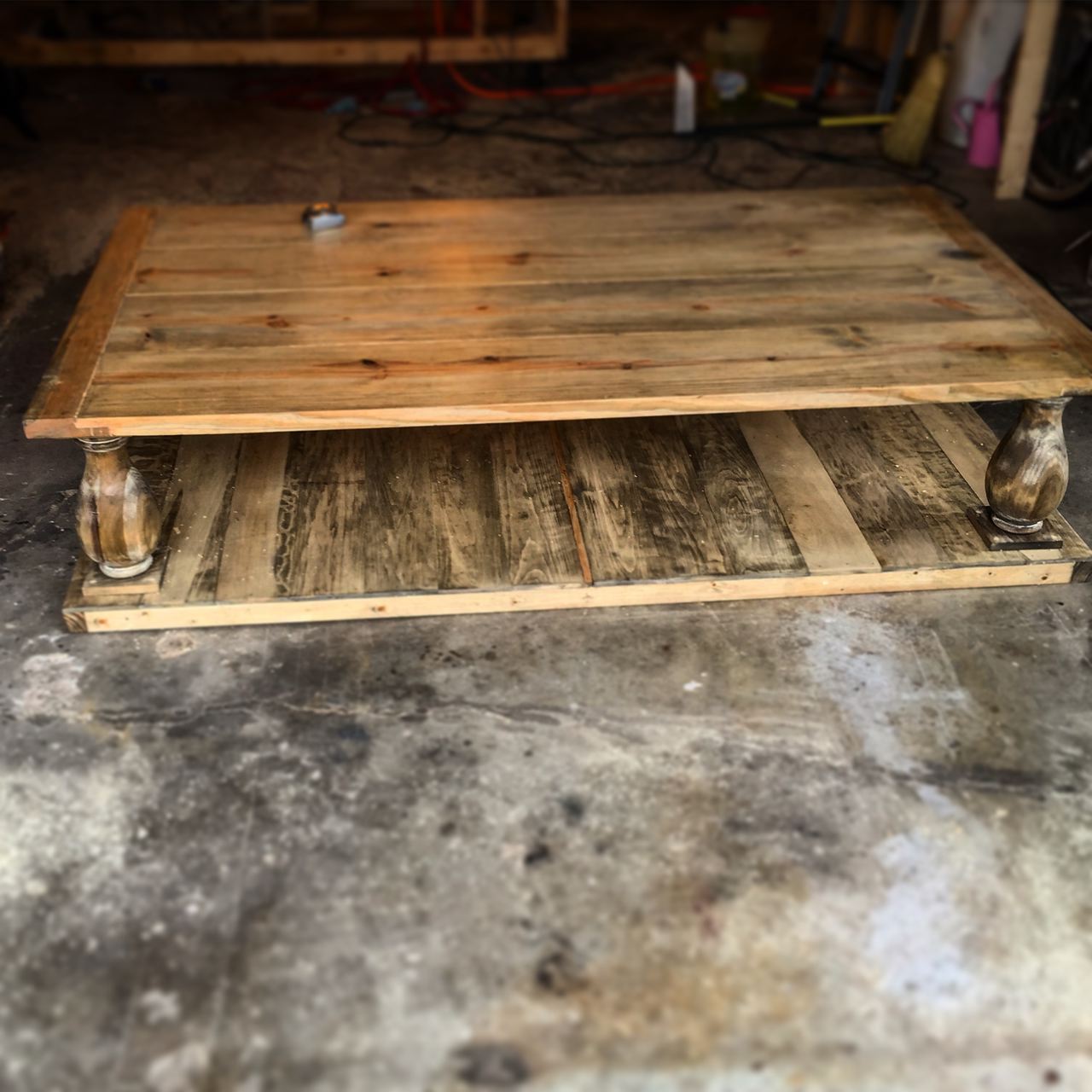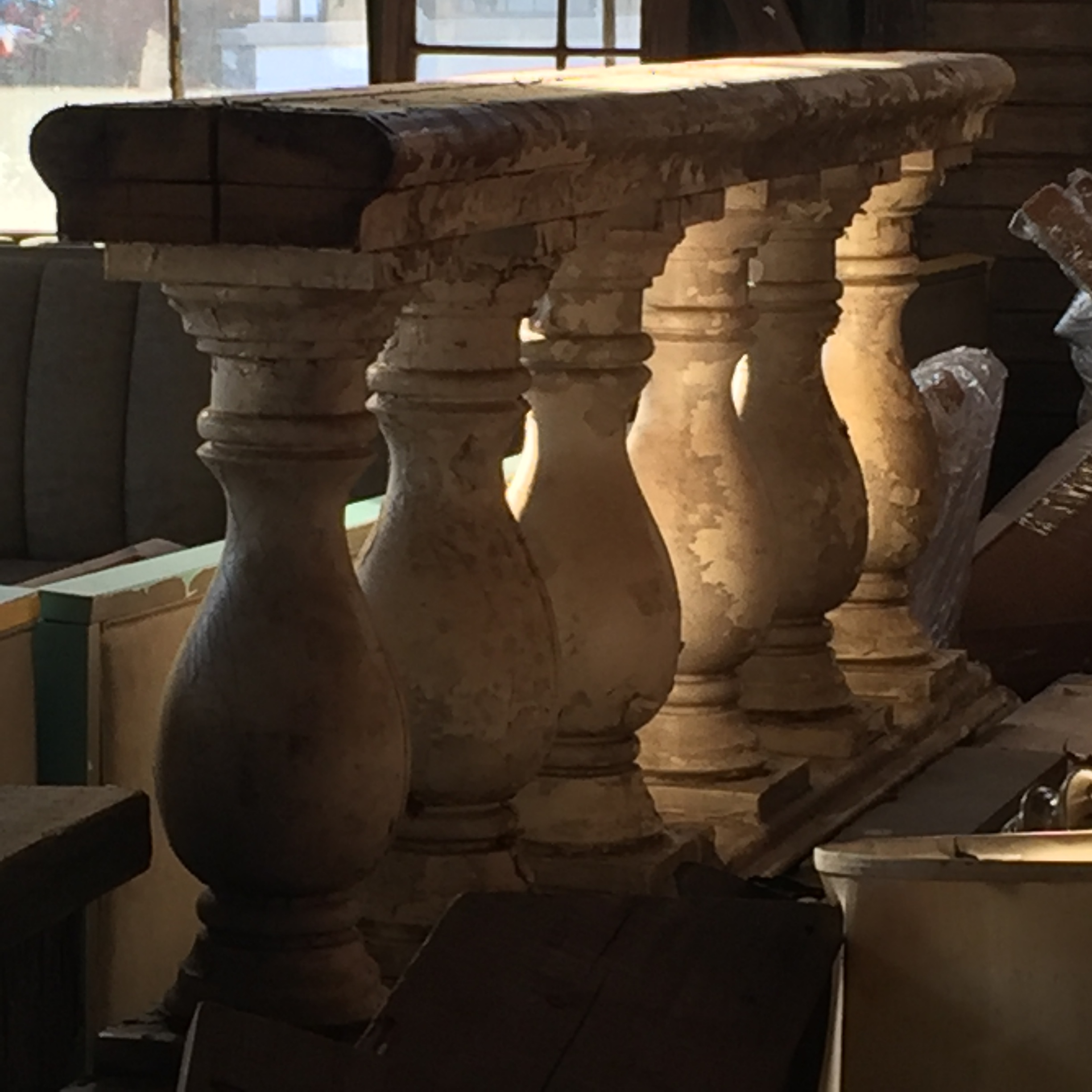Longleaf Art Spotlight : The Longleaf Leader
We are proud to have been chosen as this year's Longleaf Art Spotlight, which showcases artists who will take part in the Biennial Longleaf Conference's "Longleaf Regenerated" art show.
Featured is our beautiful Heart Pine Trestle Table which we made for the a current member of the Long Leaf Alliance.
The show features art made from and dealing with the longleaf ecosystem, which was once nearly annihilated due to deforestation. Our heart pine, reclaimed in Savannah Georgia, is all derived from the old-growth, once omnipresent in the Southeast, and put back in use, to keep the new forests safe to grow to its original age and range.
The Longleaf Alliance, who publishes the Leader, also runs the conference. For years we've worked closely with the Alliance due to a common belief in preservation, and desire to revive our once majestic longleaf forests.
From their site:
"The Longleaf Alliance (LLA) was established in 1995 when it became apparent that the interest in the longleaf ecosystem and the tree itself was growing rapidly, but there wasn’t an outlet available for ecologists, foresters, wildlife biologists, land owners and land managers seeking information or a means to distribute information they did know. A growing body of anecdotal information, personal experience, and scientific data was being passed on fitfully, and many groups were not being reached. The LLA was therefore created with the express purpose of coordinating a partnership between private landowners, forest industries, state and federal agencies, conservation groups, researchers, and other enthusiasts interested in managing and restoring longleaf pine forests for their ecological and economic benefits."
We're proud that our lovely city of Savannah has been chosen to host the 2016 event, and are excited to present our work at the exhibition.
The article, as well as the entire Winter 2016 issue of the Longleaf Leader may be read here.

































